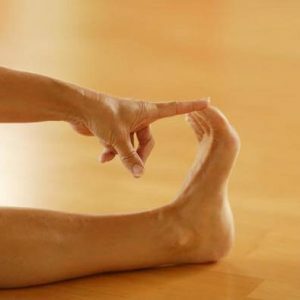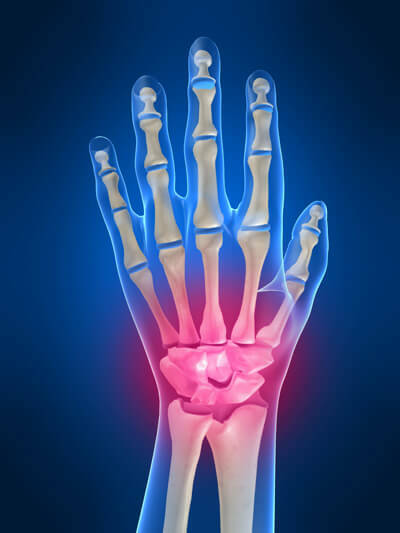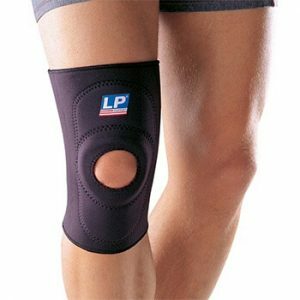Subluxation of the cervical vertebra

Subluxation of the vertebra in most cases is observed in the cervical spine. Unlike dislocation, with subluxation of the cervical vertebra, the articular surfaces of adjacent vertebrae are not completely displaced relative to each other. Subluxations of the cervical vertebra often appear in segments C VI-C VII;C V - CVI.Also, the subluxation of the first cervical vertebra in pediatric practice is often enough. When the first cervical vertebra turns relative to the body of the second vertebra to the right or to the left, this is a rotational subluxation of the cervical vertebra. This pathological condition is usually manifested by headaches, signs of cerebral circulation, visual impairment.
Causes and symptoms of subluxation of the cervical vertebra
The mechanism of this injury is the following: a sufficiently large pressure on the head when tilting it forward. Quite often, this type of injury occurs when diving in shallow water, collapses, blows to the back of the head with the back of the head. Subluxation of the vertebra in children can result from improper conduct of labor. Also, the cause of the subluxation of these vertebrae is the instability of the vertebrae itself, which leads to their pathological mobility.
Displacement of vertebral bodies causes a decrease in the size of the intervertebral openings, and through them pass nerves, as well as blood vessels. To the emergence of characteristic complaints leads to compression of nerves and blood vessels. With the subluxation of the cervical vertebra, the following symptoms can be observed: a weakening of vision, narrowing of the visual fields;Muscle weakness, pain in the upper, also lower limbs;Neuralgia of the occipital, intercostal, trigeminal nerves;Convulsions;noise in ears;Tenderness in the shoulders. Also stiff neck muscles;One-sided paralysis;headache;Sleep disorders;Loss of sensitivity of the fingers.
How is the
subluxation diagnosed in the cervical spine? If suspicion of subluxation of the vertebra is made, spondylography( radiograph of the spine) is usually in two projections. In some complex diagnostic cases, it may be necessary to perform oblique radiographs of the spine. Radiographs through the mouth are performed with suspicion of dislocation of the first vertebra. Signs of subluxation are: displacement of articular surfaces;Reduction in height( one-sided) of the intervertebral disc;Asymmetric position of the first cervical vertebra relative to the tooth of the axial vertebra, its displacement into the "healthy" side.
How the treatment of subluxation of the cervical vertebra
is carried out. In this disease, it is necessary to carry out a full-fledged timely treatment that involves correcting the vertebral bodies, as well as their subsequent immobilization.
With the subluxation( rotational) of the first cervical vertebra, the joint capsule is overtaxed by strained muscles. In this case, it is first necessary to eliminate such a muscular overstrain. The cervical vertebrae can be repositioned by a lever method or by means of a special loop called the Glisson loop.
In some cases, the correction of the cervical vertebrae by Vitiugov is quite effective. To eliminate pain syndrome and relieve muscle tension, the specialist conducts local administration of novocaine. Often after this self-direction of the displaced vertebra is observed. It also manages to return to the correct anatomical position with a manual method.
After repositioning of the vertebral bodies, the immobilization of the cervical region is performed using the Shantz collar. It is recommended to wear such a collar for at least a month.
Many people are looking for an answer, how to cervical vertebrae correct yourself. Such attempts can end very badly. Self-medication in such cases can lead to the development of complete paralysis in the patient, as well as wedging the axial process into the brain stem, which can cause damage to the vasomotor and respiratory centers in the body and even cause the patient's death. It is for this reason that the adjustment of the vertebrae should be performed only by an experienced, specially trained physician.



